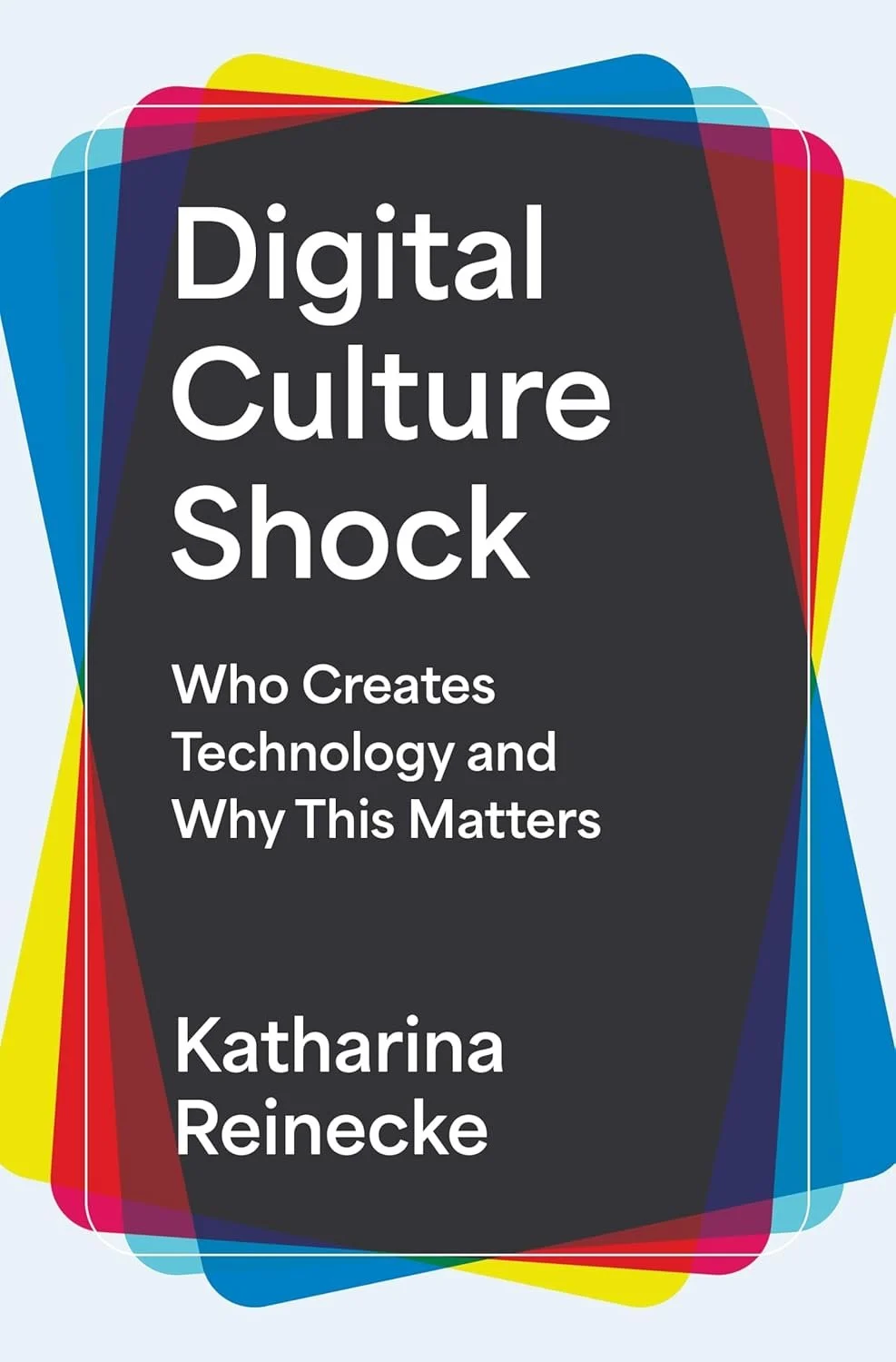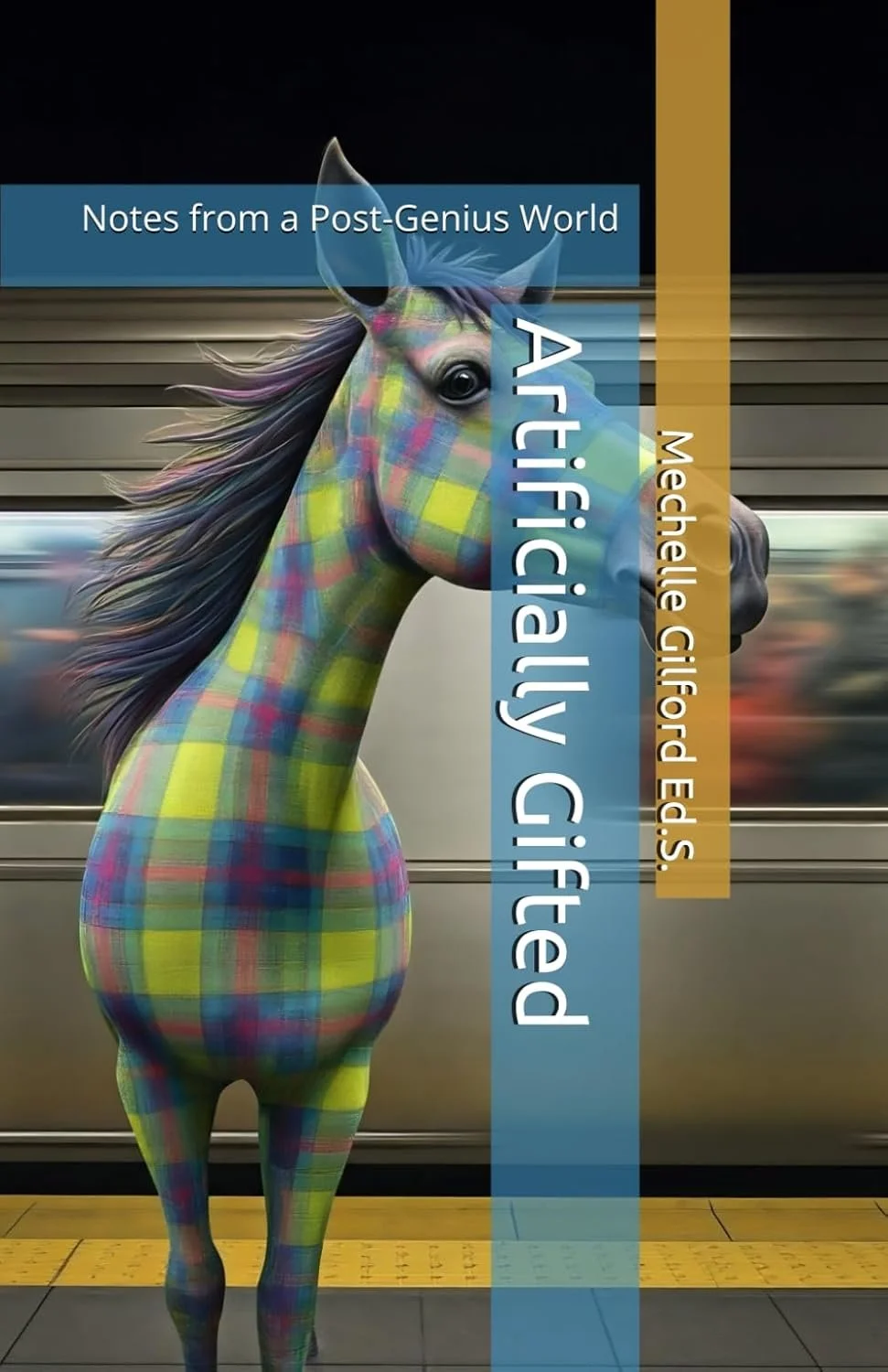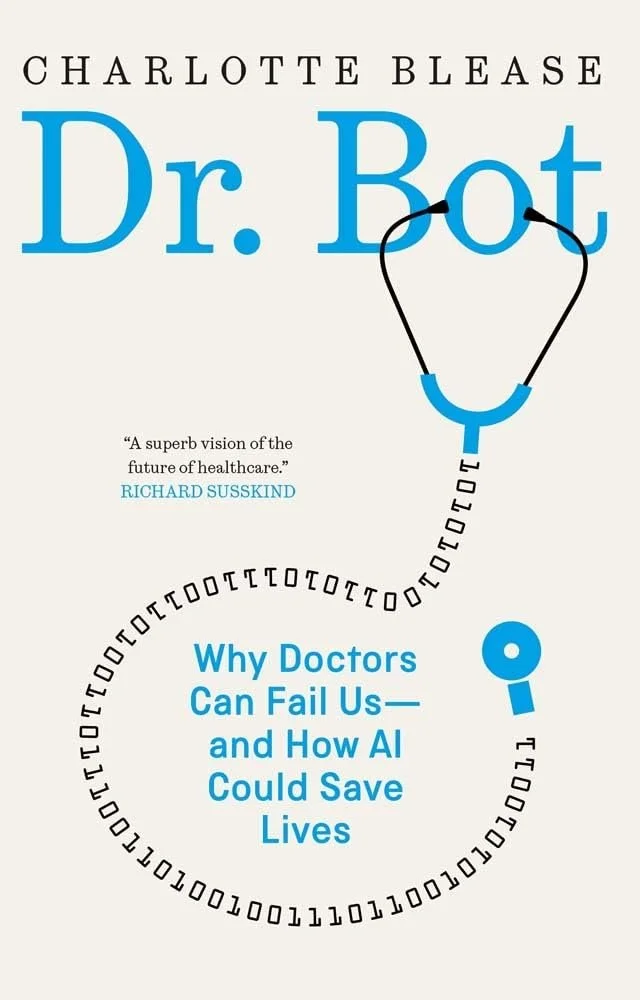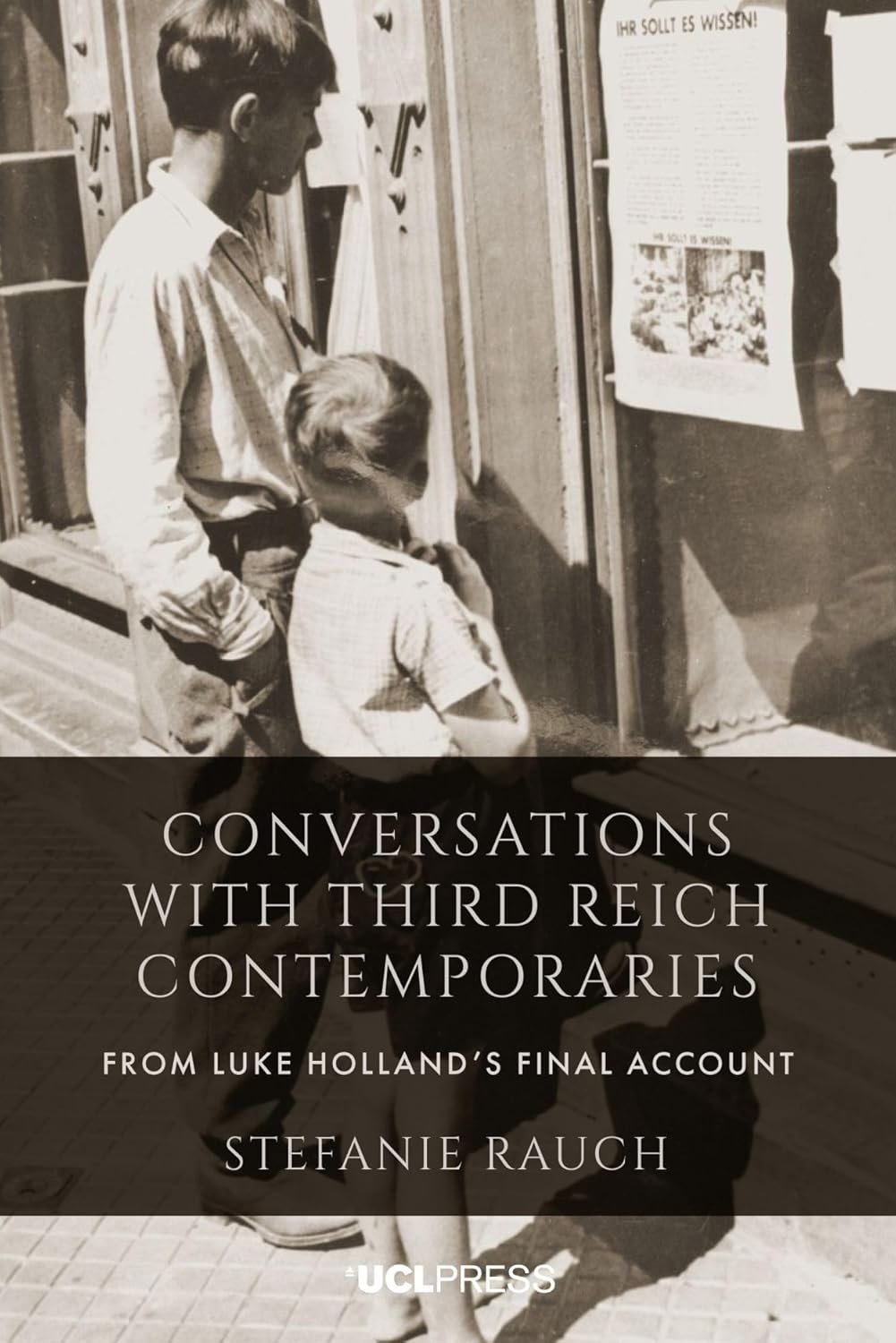Here is a set of links to the educational computing books I’ve reviewed up till 22 September 2019.
Incidentally, if you’re fed up with books you have to read, and would prefer an unreadable one with lots of tables to consult instead, then check out my latest opus. It’s called Computing and related qualifications, and is intended to make it quicker and easier for the Head of Computing in English schools to find a computing qualification that would suit some or even all of their students.
Here’s the link: Computing and related qualifications
Chapters look at how technology is used around the world, online communities, and building a culturally just infrastucture, amongst other topics.
The author, Mechelle Gilford, explores how AI may render our usual way of interpreting the concept of “gifted” obsolete.
Dr Bot discusses something I hadn’t really considered…
Rovelli draws readers into his world by describing the development of theories that scientists have posited to try and explain our world and the universe beyond.
The authors spent a year sending each other postcards on a different theme each week, with pictorial representations of the data they had collected.
What place might Blueprints merit on a teacher’s bookshelves?
This book could prove useful to schools keen to cultivate their own dedicated ‘back to nature’ area.
A couple of generations before the first internet cafés were opened, someone attempted pretty much the same thing by opening a ‘radio café’.
This book is awash with ideas.
This may be useful for the Hiostory department in your school.











